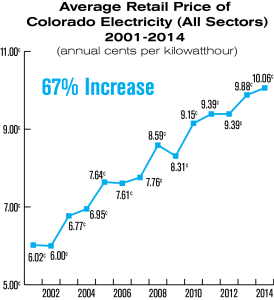
Fossil-based fuels (oil, coal, and natural gas) presently offer concerning eighty-fifth of all the energy use each in the US and worldwide. we tend to all grasp Pulse Power reviews that these resources square measure being perpetually depleted and cannot be replaced at intervals any sensible time span. folks typically surprise however long specifically would they last? The remaining quantity of a selected resource is commonly characterized by the alleged Reserves-to-Production magnitude relation (R/P).
In plain language, R/P essentially provides the US with the length of your time the reserves would last if their usage continues at this rate. Here square measure calculable world total R/P ratios for the most standard fuels updated for 2019: oil – fifty years, fossil fuel – fifty.9 years, coal – 132 years. Note that the higher than numbers don’t seem to be fixed- they’re corrected per annum as a result of on one hand the usage is continually dynamic, and on the opposite hand, each once in a very whereas new deposits square measure found.

Aside from being finite, energy production from fossil fuels ends up in by-products of combustion, nonchalantly referred to as emissions. These emissions affect our surroundings and will be inflicting the temperature change. In distinction, renewable energy (RE) resources, because the name implies, square measure perpetually replenished naturally and can ne’er be exhausted. Their use usually incorporates a lot of lower environmental impact than that of standard fuels. that’s why the technologies that utilize them square measure typically referred to as “green”. additionally, RE will boost US energy security by reducing our dependence on imports. of these factors, not to mention the govt. incentives and mandates, end in a growing interest in the victimization of various sources of energy. whereas some inexperienced technologies square measure large-scale, several of them also are suited to non-public homes, particularly in rural areas.
THE LIST OF RENEWABLE RESOURCES
Renewable energy springs from varied natural processes, like the Sun’s nonparticulate radiation, tides, or heat generation at intervals the world. Here may be a list of the most forms of much-used energy sources:
Sunlight: the star gauge boson flux is often reborn to heat, electricity, or chemical energy;
Wind: the motion of air molecules are often harvested in wind turbines that spin the shaft of electrical generators or in windmills;
Biomass: organic materials are often used for preparation and heating, further on manufacture electricity and liquid transportation fuels;
Earth’s internal heat: are often used for heating and electricity production;
Water: potential and K.E. of flowing water are often broached to provide electricity or mechanical tasks.
Potentially the world’s largest wind park is that planned by Forewind, a pool of 4 major energy corporations, for the Dogger Bank within the sea, cost accounting for some £30 billion. Stage one is two.4 GWe, followed by four.8 GWe, to give 7.2 GWe, that Forewind says can offer some twenty-five billion kWh/yr to the united kingdom grid at projected four-hundredth annual capability issue. In the USA, the $8 billion, three GWe Anschutz firm plant in American state is planned to send power 1200 metric linear unit via Utah and Battle Born State to the Californian grid close to urban center. In 2016 the Dutch government auctioned the primary development rights for the Borssele offshore wind park, for a record low worth – €72.70 per MWh – to Dong Energy and concerning €14/MWh affiliation fee. it’s auctioning 700 MWe per annum to 2020. China General Nuclear Corporation (GCN) has designed a 38-turbine, 152 MWe wind park offshore in Jiangsu province, that it expects to provide four hundred GWh per annum from 2017 – half-hour capability issue.
